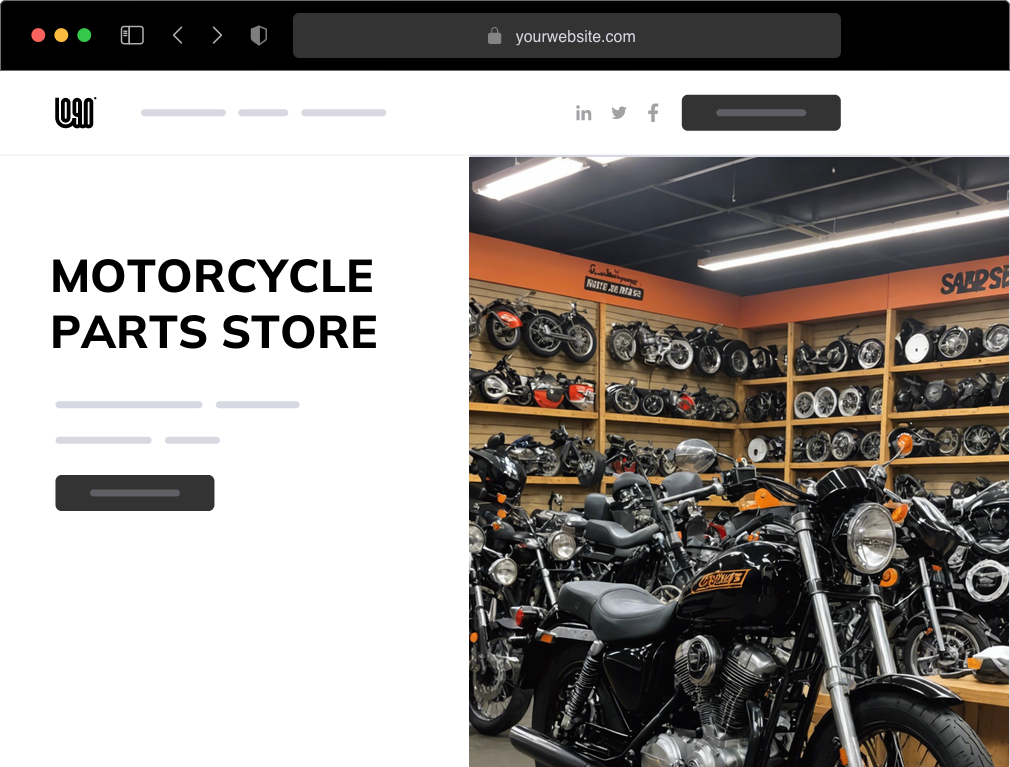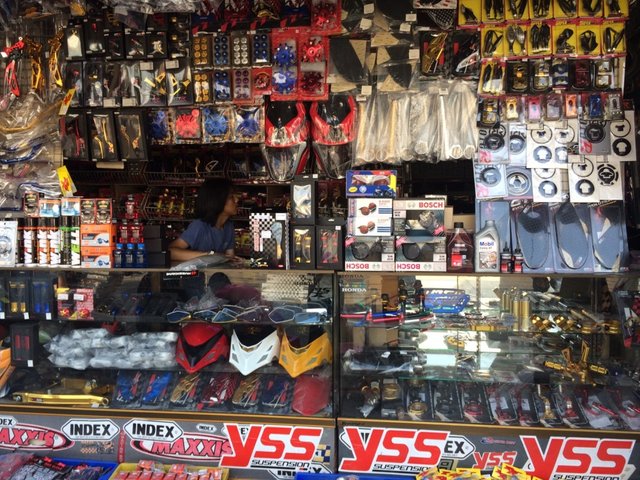Explore the Latest Motocross Gear NZ for Every Level of Rider
Explore the Latest Motocross Gear NZ for Every Level of Rider
Blog Article
Mastering Motorcycle Gears: How to Maximize Your Riding Experience
In the realm of motorcycling, grasping the art of equipment manipulation is critical for improving your riding efficiency. Properly utilizing and comprehending bike gears can dramatically impact velocity, control, and gas effectiveness, changing an average trip right into a smooth, exciting journey.
Comprehending Equipment Mechanics
Just how do the intricacies of gear mechanics influence motorcycle performance? At the core of bike dynamics, gear mechanics play a critical role in converting engine power into motion, ultimately determining rate and control. Gears, diligently crafted parts, enable motorcyclists to enhance torque and speed, guaranteeing a seamless change via various terrains and rates. The gear proportions, meticulously made, establish the partnership between engine transformations and wheel turns, affecting acceleration and fuel performance.
Understanding gear auto mechanics begins with recognizing the significance of the transmission, which houses multiple equipments of varying dimensions. These gears interact with a process called meshing, where teeth of different equipments engage to send power. The precision of this interaction is critical; any type of imbalance or damage can bring about inefficient power transfer, preventing performance. Furthermore, the plan and dimension of gears affect the motorcycle's ability to handle various loads and speeds.
Moreover, the idea of equipment changing is essential to making the most of performance. Prompt and smooth changes ensure that the engine runs within its optimum power band, avoiding unneeded pressure and boosting longevity (moto parts nz). By comprehending these mechanical ins and outs, cyclists can achieve a harmonious blend of performance, control, and power, elevating their riding experience
Timing Your Shifts
Shift timing mastery is important for enhancing motorbike performance and improving the riding experience. Appropriately timed changes make certain that the engine runs within its ideal power band, which is vital for keeping control, attaining smooth velocity, and making sure the long life of the motorbike. Motorcyclists need to establish an intuitive sense of when to shift equipments, which entails recognizing the connection between engine revolutions per minute (RPM) and rate.
To grasp shift timing, pay close interest to the engine's sound and really feel, as these give crucial hints about when to change equipments. The suitable change point generally occurs when the engine comes close to the top variety of its power band without reaching the redline. Moving too early can result in a lack of power, while changing as well late may trigger unnecessary engine pressure
Furthermore, roadway conditions and riding design influence change timing. For example, in urban setups, smoother and much more constant shifts might be required to browse traffic successfully. In comparison, during freeway riding, less shifts at greater rates can be more suitable. Exercising in different settings will improve your capacity to time shifts exactly, inevitably elevating your riding experience to a specialist level.
Enhancing Fuel Efficiency
While grasping bike gears is important for performance, improving gas performance is equally crucial for both financial and ecological reasons. Ideal gas intake not just reduces operational expenses however likewise decreases the ecological impact of riding. To achieve this, one should comprehend the complex partnership in between equipment option and engine efficiency.
To start with, selecting the right gear at suitable speeds can considerably affect fuel usage. Riding in a higher gear at lower speeds can lead to engine lugging, which is harmful to both fuel economy and engine health. Conversely, riding in reduced equipments at high rates leads to unnecessary fuel consumption. Thus, maintaining an optimum equilibrium by moving gears in positioning with road like it conditions and prepared for maneuvers is crucial.
Additionally, regular upkeep plays an essential role in gas performance. Making sure that the motorcycle is well-tuned, with tidy air filters and appropriately pumped up tires, can enhance the rules of aerodynamics and minimize fuel wastage. Adopting a riding design that accepts steady acceleration and smooth slowdown can contribute to far better fuel economy.

Methods for Smooth Transitions
Achieving smooth equipment transitions is essential to enhancing the riding experience and guaranteeing the longevity of a motorbike's transmission system. Proper gear moving not just contributes to a smooth ride however additionally lessens wear and tear on the mechanical elements. To understand the art of smooth transitions, cyclists must focus on a couple of key methods.

Second of all, clutch control plays a pivotal role. Engaging and disengaging the clutch smoothly needs method. The clutch lever must be launched progressively, permitting for a smooth transfer of power from the engine to the wheels without causing a jolt or abrupt movement.

Adapting to Road Conditions
Browsing varied road conditions is a critical ability for any kind of motorcyclist intending to preserve control and safety. Whether you're riding on wet surface areas, crushed rock roads, or navigating doglegs, your capability to adjust your equipment use and riding method is paramount. Understanding just how to change your gears appropriately can dramatically affect traction and security, making find this certain a much published here safer journey.
In contrast, when riding on crushed rock or unequal surface, lower equipments are preferable. Reduced equipments offer far better control and allow you to respond even more promptly to unforeseen modifications in the road surface area.
Sharp curves require exact equipment administration to balance rate and control. Downshifting prior to going into a contour can help preserve energy while ensuring the motorbike continues to be steady throughout the turn. Regular technique in varied problems boosts your ability to anticipate and react to modifications in roadway texture and incline.
Verdict
Understanding motorbike gears substantially improves the riding experience by enhancing acceleration, gas, and control efficiency. Adjusting equipment choice to different road problems, such as making use of greater gears on wet surface areas and reduced gears on gravel, more improves handling and security.
Comprehending gear technicians begins with recognizing the significance of the transmission, which houses several gears of differing dimensions. These gears connect via a process known as meshing, where teeth of various gears involve to transfer power (mx parts nz). Gentle adjustments to the throttle during gear shifts can avoid jerky activities and keep a constant riding rate
Whether you're riding on wet surface areas, crushed rock roadways, or browsing sharp turns, your capability to adjust your gear use and riding method is paramount. Adjusting gear option to various roadway conditions, such as utilizing higher gears on damp surfaces and reduced gears on gravel, more improves handling and safety and security.
Report this page